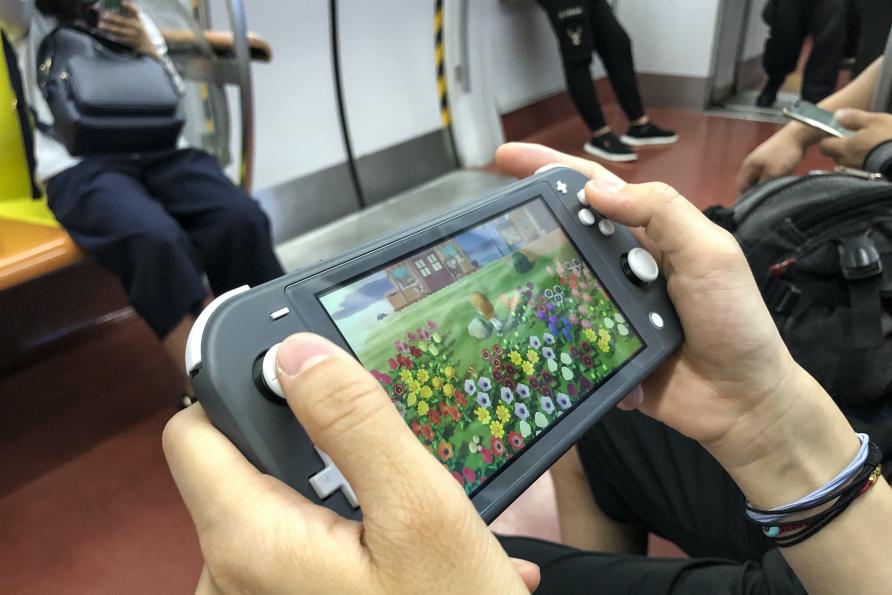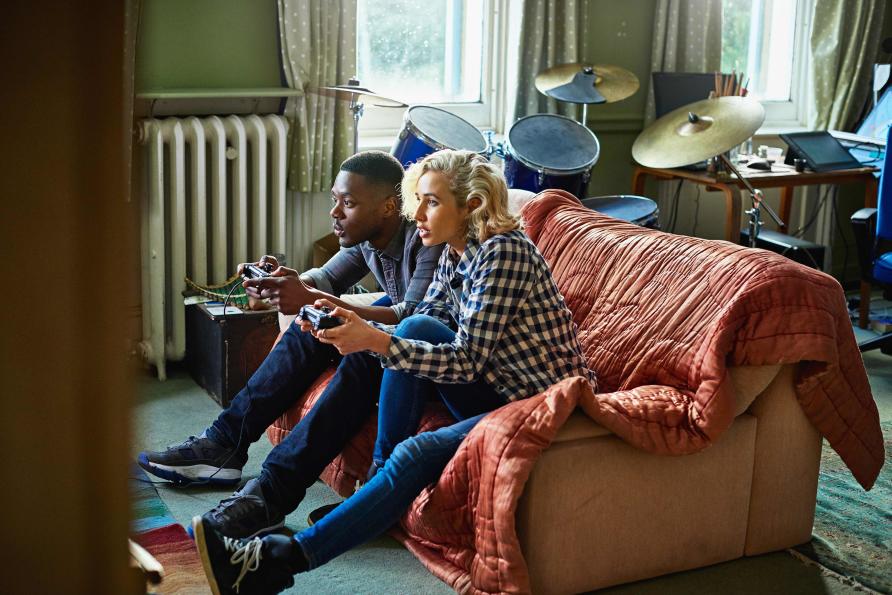
15 Dec You wouldn’t hit a dog, so why would you kill one in Minecraft?
Dr Simon Coghlan and Lucy Sparrow look at why violence against animals in video games is ubiquitous.
Players can kill or torture non-human animals in various popular games, including Minecraft and Grand Theft Auto V.
The rise of this (increasingly realistic) trend in games – along with people’s tendency to go along with it – raises some important questions.
Violence against humans in video games has long been controversial – along with the debate on whether witnessing or acting this out in the virtual world prompts similar actions in real life.
On the other hand, violence against animals in video games has attracted considerably less attention. Our recent article explores this issue.
Disrespect for living things?
In 2005, Australia banned a first-person shooter game called Postal 2, in which players could mutilate and desecrate (virtual) human bodies. The Australian government has gone on to controversially ban a number of games that are available in other countries due to depictions of violence and other themes that some find objectionable.
But when it comes to players’ attitude towards harming virtual animals, there are many varying views. Some people express concern or remorse at the idea, with one gamer writing on a forum:
It’s weird how bad I feel about killing animals in the game… I will actively try and shoot guys off horses instead of just shooting the horses.
The People for Ethical Treatment of Animals (PETA) have also criticised games which the group think “promote hurting and killing” animals. Examples include whale hunting in Assassin’s Creed, as well as virtual fishing and bug catching in the seemingly harmless game Animal Crossing: New Horizons.
But other players have no qualms about the virtual treatment of animals, with one writing:
I kill humans in games all the time. Why would I care about animals?
And many will share this view.

Virtual vs real
Video game “amoralists” say it’s a mistake to think abusing animals (or humans) in video games is wrong, since the ‘victims’ are virtual and no living being is hurt.
It’s not clear exactly why players can feel so differently about in-game violence. However, evidence suggests that players feel less guilty about harming virtual characters the more they play violent video games.
And attitudes towards in-game violence may be shaped by many factors including personal views, social mores and video game ‘culture’.
Perhaps the point is not so much that certain video games desensitise us to violence, but that they can promote particular ethical messages.
So, could certain video games encourage disrespect for living things?
Social scientists have long debated whether violent video games cause antisocial attitudes towards other people. Some think they might, but conclusive evidence for a causal link is lacking.
But we argue there is good reason to regard violence against animals in video games as problematic — perhaps even more so than violence against humans in games.
We think the attitudes toward animals in gaming is more likely to actually promote disrespect for the living counterparts of the virtual characters that are being harmed. Here’s how.

A moral dilemma in plain sight
Virtual animals and humans are both often portrayed as objects to kill and harm for fun. But animals are presented in even more disposable ways by comparison. For instance, animals are often mere tools for players to kill for materials, trophies or to complete quests.
This is even true for games in which players are encouraged to reflect morally on some of their in-game actions. For instance, in Dragon Age: Inquisition, game characters will approve or disapprove of a wide variety of player actions.
Yet harming non-aggressive wild animals does not seem to bring about similar moral responses.
Furthermore, while societal respect for animals is growing albeit slowly, animals today are routinely treated very badly. We confine them to factory farms, put them on live export ships where many suffer (and even die) and “humanely” kill unwanted companion animals.
Many of us ignore these realities. Morally speaking, animals are relatively invisible to society – whereas other humans generally are not.
In this context, depicting animals as disposable commodities in video games could reinforce disrespect towards them. And some games may normalise the mistreatment and moral invisibility of animals.

An opportunity for gaming
So, if video games can, in fact, reinforce disrespect for animals, does this mean we should ban or boycott them? We don’t advocate that. However, it would be useful for scientists to investigate whether video games do help or hinder social respect for animals.
Game designers also have a great opportunity to consider depicting animals in ways that encourage (or at least don’t inadvertently discourage) respect for animals.
Some games already do this. For instance, killing your horse in Red Dead Redemption leads to the same loss of ‘honour’ points as killing an innocent person.
So there’s a great opportunity out there to explore new ways of representing animal characters.
Finally, gamers themselves could choose to become more aware of how animals are portrayed in the various games they spend hours of their lives absorbed in.
Given their enormous popularity and endless inventiveness, video games are an opportunity for all of us to reassess the often unjust treatment of animals.
Dr Simon Coghlan is a Senior Research Fellow in Digital Ethics, School of Computing & Information Systems, Faculty of Engineering and Information Technology, University of Melbourne; Lucy Sparrow is a PhD Candidate, School of Computing and Information Systems (CIS), The University of Melbourne.
“This article was first published on Pursuit. Read the original article.”
Main image: Getty Images

